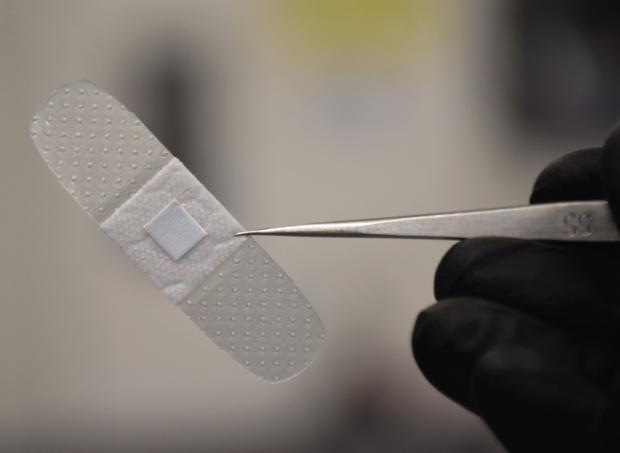
Breaking News
 Third Time's The Charm: SpaceX Starship Megarocket Blasts Off From Starbase
Third Time's The Charm: SpaceX Starship Megarocket Blasts Off From Starbase
 First Ever: Technocracy Roundtable Streaming Today
First Ever: Technocracy Roundtable Streaming Today
 Comcast Network Horror: Summer Ratings Crash 49%, Advertisers In Major Bind
Comcast Network Horror: Summer Ratings Crash 49%, Advertisers In Major Bind
Top Tech News
 Magnetic Fields Reshape the Movement of Sound Waves in a Stunning Discovery
Magnetic Fields Reshape the Movement of Sound Waves in a Stunning Discovery
 There are studies that have shown that there is a peptide that can completely regenerate nerves
There are studies that have shown that there is a peptide that can completely regenerate nerves
 Swedish startup unveils Starlink alternative - that Musk can't switch off
Swedish startup unveils Starlink alternative - that Musk can't switch off
 Video Games At 30,000 Feet? Starlink's Airline Rollout Is Making It Reality
Video Games At 30,000 Feet? Starlink's Airline Rollout Is Making It Reality
 Automating Pregnancy through Robot Surrogates
Automating Pregnancy through Robot Surrogates
 SpaceX launches Space Force's X-37B space plane on 8th mystery mission (video)
SpaceX launches Space Force's X-37B space plane on 8th mystery mission (video)
 This New Bionic Knee Is Changing the Game for Lower Leg Amputees
This New Bionic Knee Is Changing the Game for Lower Leg Amputees
 Grok 4 Vending Machine Win, Stealth Grok 4 coding Leading to Possible AGI with Grok 5
Grok 4 Vending Machine Win, Stealth Grok 4 coding Leading to Possible AGI with Grok 5
Smart bandage would use light to indicate infections

Developed by scientists at the University of Rhode Island, the experimental bandage contains modified single-walled carbon nanotubes, which are securely embedded within the dressing's individual polymer fibers. This arrangement keeps the nanotubes from leaching into the wound, yet still allows them to react to chemical compounds within the wound site.
One such compound, hydrogen peroxide, is produced by the body's white blood cells when pathogenic bacteria are present. That chemical in turn affects the color and intensity at which the nanotubes fluoresce when exposed to bright light. A compact device placed over the bandage could both trigger and analyze that fluorescence, subsequently transmitting an alert to a separate gadget such as a smartphone, if necessary.
"The hope is that the device will diagnose an infection at an early stage, necessitating fewer antibiotics and preventing drastic measures, such as limb amputation," says Asst. Prof. Daniel Roxbury, who worked on the project with former grad student Mohammad Moein Safaee. "We envision this being particularly useful in those with diabetes, where the management of chronic wounds is routine."
Plans now call for the bandage to be tested on live cultured cells in petri dishes, potentially followed by testing on lab mice.

 CODEX 9/11
CODEX 9/11  HERE COMES THE MOTHERSHIP
HERE COMES THE MOTHERSHIP Venus Aerospace Hypersonic Engine Breakthroughs
Venus Aerospace Hypersonic Engine Breakthroughs

